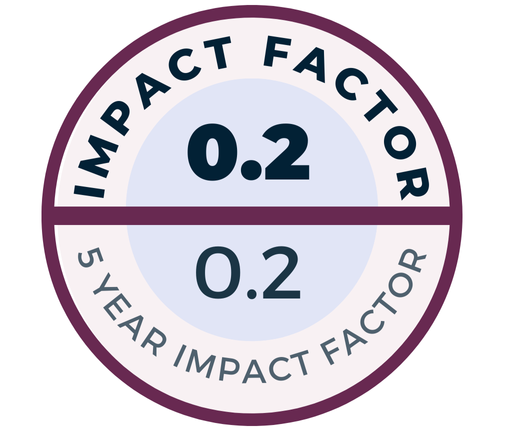Objective: The aim of this study was to assess the impact of odor exposure time on odor threshold, odor identification and discrimination.
Methods: Ninety healthy volunteers were randomly divided into three groups: Group 1 underwent an olfactory test with the standard odor exposure time (3–4 sec), Group 2 had an odor exposure time of 8–10 seconds, and Group 3 had 30 seconds. Odor parameters of three groups were compared.
Results: Groups 2 and 3 had significantly better odor identification scores than Group 1. There were no statistically significant differences between the three groups in terms of mean odor threshold and discrimination scores. Males of Group 3 had significantly better odor identification scores than males of Groups 1 and 2 and females of Groups 2 and 3 had significantly better odor identification scores than females of Group 1.
Conclusion: The results of the present study showed that longer odor stimulation led to higher odor identification scores. However, odor threshold and odor discrimination were independent from the odor exposure time. The odor exposure time of olfactory screening tests may be revised according to the gender in accordance with our findings.
Koku maruziyet süresinin koku parametreleri üzerine etkisi
Amaç: Çalışmamızın amacı koku maruziyet süresinin koku eşiği, koku alma ve ayırt etme üzerine etkisinin değerlendirilmesi idi.
Yöntem: Doksan sağlıklı erişkin randomize olarak 3 gruba ayrıldı. Grup 1’e standart koku maruziyet süresi (3–4 sn), Grup 2’ye 8–10 saniye ve Grup 3’e ise 30 saniye koku maruziyet süresi koku testi uygulandı. Her üç gruba ait koku parametreleri karşılaştırıldı.
Bulgular: Grup 2 ve 3, Grup 1’e göre anlamlı oranda daha iyi koku tanıma skorlarına sahipti. Üç grup arasında koku eşiği ve koku ayırt etme skorları açısından anlamlı fark yoktu. Grup 3’teki erkekler Grup 1 ve 2’dekilere göre, Grup 2 ve 3’teki kadınlar ise Grup 1’dekilere göre anlamlı oranda daha iyi koku tanıma skorlarına sahip idi.
Sonuç: Mevcut çalışmanın sonuçları uzun koku uyarısının yüksek koku tanıma skorlarına yol açtığını gösterdi. Bununla birlikte, koku eşiği ve koku ayırt etme koku maruziyet süresinden bağımsız idi. Koku tarama testlerindeki koku maruziyet süreleri bizim bulgularımızla uyumlu olarak cinsiyete göre revize edilebilir.

.jpeg)
